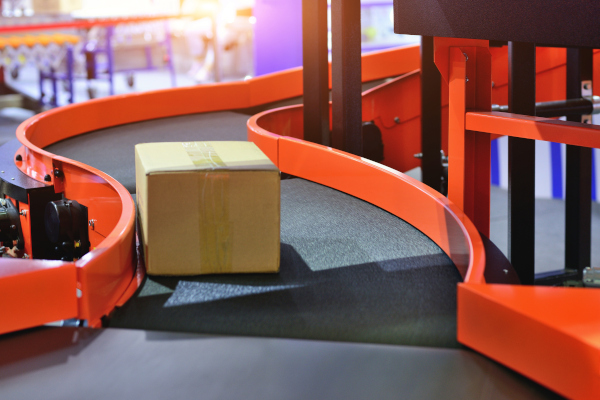Disruptions are the new normal for the supply chain, but for organizations that still want to build resiliency that minimizes disruptions such as climate change and geopolitical events, the opportunity is there. And it doesn’t have to be a cost center.
“Now everybody understands it’s not all about cost and efficiency in your supply chain,” explained Darcy MacClaren, chief revenue officer of SAP Digital Supply Chain. “You have to, what we call, future-proof it and reduce the risk.”
In an interview with Supply Chain Management Review, MacClaren said that building resiliency doesn’t have to be a money-losing proposition for businesses, pointing to the issue when there is a disruption in an area.
“If you have to react, or you lose that contract manufacturer in that region, or you have to find on short notice another logistics service provider, ultimately that’s going to cost you more,” she said. “So it’s looking at it a little bit differently. What risk-proofing is really making sure that you’re not putting your company at risk and maybe even shutting it all down. I actually say I don’t think it’s costing customer companies more. It’s actually costing them less, and the ability to set their organizations up with their ability to sense, recognize more quickly, react and then ultimately meet their customers’ needs. But now they’re doing it in a different way.”
Technology makes the job easier
MacClaren said that adding technology to the equation is making this an easier process for many companies. The use of historical data points, Industry 4.0 technology, and even artificial intelligence is helping company better understand the risks and how to navigate them proactively.
SAP itself recently introduced a natural language processing tool, Joule, designed to provide contextual insights and help drive better business outcomes. Joule is being embedded in the SAP cloud enterprise portfolio.
“Where technology is becoming more and more important, it’s not only in robotics and Industry 4.0, it’s actually in the data analysis, making recommendations in your business,” MacClaren said.
MacClaren said the introduction of technology is helping organizations better manage these disruptions.
“The disruptions are becoming more severe. The geopolitical ones we’ve always had. [But] I would say the ones that are coming more frequently happen to do more with environmental disruptions,” she said. “If you look at what’s happening is you have a lot of the waterways in the U.S. are drying up. That’s causing huge problems. We have shortages of rice in India because it’s too dry. We have fires in California. We have all these environmental disruptions coming and I think what we recognize now is even if they’re in a different region of the world, they impact everything.”
Targeted approaches
Unfortunately, MacClaren said the variety of disruptions make it virtually impossible to create a standardized approach to future-proofing your supply chain. SAP offers “integrated business planning,” which MacClaren said is an approach where risk is assessed throughout the organization and its supply chain so more effective decisions can be made. This model can also incorporate customer sentiment, climate change, raw material shortages and more.
“So when … if they do happen, when you’re in a shorter time horizon, you have the ability to rapidly react and and it’s in a much more efficient way,” she said. “But the bringing in of information - market information, forecasting information, information on what trends we think are happening across the board - from these services are becoming almost a necessity if you’re going to have a risk proof your supply chain.”
Much of future-proofing supply chains comes down to probabilities, MacClaren added. It is impossible to predict a hurricane a year in advance, for instance, but by looking at probabilities, an organization can better position its supply chain to adapt should one occur.
MacClaren noted that successfully future-proofing involves three approaches: connectivity of the technology (manufacturing to sales to operations, etc.), contextual (does the data matter, is it relevant), and data (do you have the data you need).
“You have to be able to collaborate with all your partners,” she said, noting that includes both internal and external partners.
And in the end, the success of any program comes down to change-management and getting that collaboration between silos.
“Because until you do that, you know if you’re going to measure people and I only get measured on my transportation spend and I get measured on the inventory levels and I get measured on this, it’s very difficult to tell people to get out of your silo, look at the bigger picture for what’s right for the customer, the company and our environment,” MacClaren summed up.
SC
MR


Latest Supply Chain News
Latest Podcast

 Explore
Explore
Topics
Business Management News
- Strengthening customer fulfillment: Building a strategic stakeholder network
- The hard job of teaching soft skills
- Trump picks former Wisconsin congressman Sean Duffy for DOT secretary
- Made in Mexico, manufactured by China
- Retail sales see gains in October, reports Commerce and NRF
- Balancing green and speed: Home delivery insights from the pandemic era
- More Business Management
Latest Business Management Resources

Subscribe

Supply Chain Management Review delivers the best industry content.

Editors’ Picks




